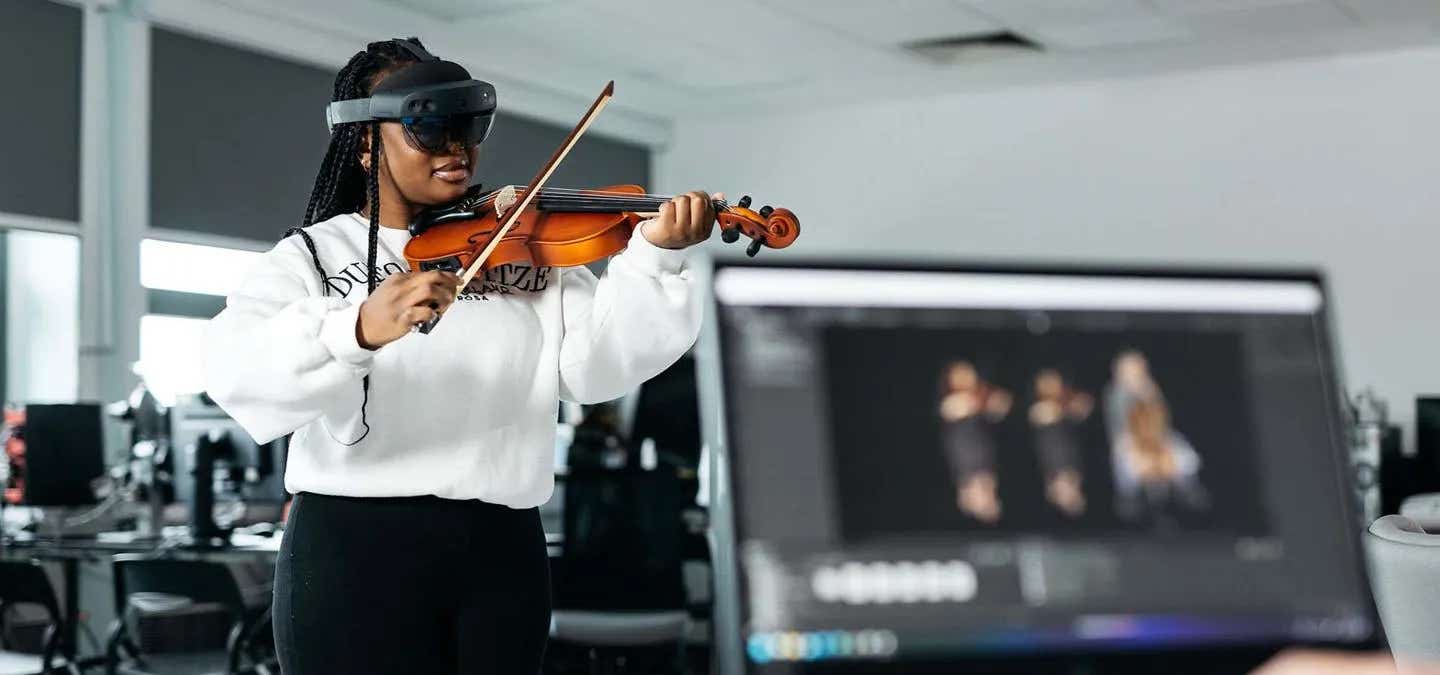People continually underestimate the income of the top 1% – Here’s why that’s bad
A study reveals that most people underestimate the income of the top 1%, contributing to a lack of support for redistributive policies despite increasing inequality.

In the United States, for instance, between 1980 and 2020, the share of total income held by the top 1% nearly doubled—from 10% to 19%. (CREDIT: Getty Images)
In recent decades, economic inequality has grown significantly in many parts of the world, particularly in developed countries. A significant driver of this widening gap is the rapid rise in incomes among those at the very top of the income distribution.
In the United States, for instance, between 1980 and 2020, the share of total income held by the top 1% nearly doubled—from 10% to 19%. By contrast, the share held by the next wealthiest 9% of the population (the top 10% excluding the top 1%) saw only a modest increase, rising from 24% to 27%.
While these numbers clearly illustrate rising inequality, public support for policies that would redistribute wealth has remained largely stagnant since the 1970s. This raises an important question: why hasn't rising inequality triggered stronger demand for wealth redistribution?
Research suggests that one factor may be that people simply do not perceive inequality accurately, especially at the upper end of the income spectrum. Although economic inequality is widely recognized as a problem, perceptions of its magnitude vary. Some people underestimate how large the gap is between the wealthy and the rest of society, while others may overestimate it.
This mismatch between perception and reality, particularly at the top of the income distribution, is the focus of recent research. Researchers have sought to understand why many people misperceive the wealth held by the richest individuals and what the consequences of this misunderstanding might be for policy support.
Several theories from the social sciences offer competing explanations for how people perceive income inequality, especially when it comes to the wealthiest individuals. One prominent theory, known as the "upward social comparison hypothesis," suggests that people are more likely to compare themselves to those richer than they are, rather than to those who are poorer.
Related Stories
In a society where the richest individuals are often prominently featured in the media, these comparisons may lead to greater awareness—and potentially more accurate estimates—of the wealth at the top.
Media representations, however, may be skewed, presenting a somewhat limited view of inequality. While the media often highlights the lives of the wealthy, these portrayals might contribute to a broad awareness of inequality without conveying the true scale of wealth concentration.
On the other hand, the "network hypothesis" presents a different perspective. It argues that because people tend to live and work among others of similar socioeconomic backgrounds, they rarely interact with individuals from other income groups. This segregation could result in an incomplete understanding of the full income distribution, particularly regarding the wealthiest individuals. People might, as a result, underestimate just how much the top 1% earn.
Adding another layer to the complexity, cognitive biases also play a role in shaping how people perceive economic inequality. One such bias is "scope insensitivity," which refers to the tendency to be less sensitive to large quantities.
For example, when thinking about the difference between someone earning $100 million and someone earning $200 million, people may not appreciate the vast disparity. To the average person, these figures may fall into the same category of "extremely rich." However, when asked to think about smaller differences, such as between $40,000 and $80,000 in annual income, people are likely to be more precise.
The recent research that investigates these factors combined several methods to explore the accuracy of income perceptions at the top end of the distribution. The researchers conducted four studies, including surveys and experiments, which consistently showed that people tend to underestimate the incomes of the wealthiest individuals.
In one study, 990 U.S. residents were asked to estimate the minimum annual income of different income percentiles. The results showed that participants underestimated the income thresholds of the top 1% but were more accurate when estimating the incomes of lower percentiles.
This finding was replicated in a second study involving 834 U.S. citizens, who were incentivized with cash rewards for accurate estimates. Despite the financial incentive, the participants still underestimated the income of the top 1%.
Two additional experiments allowed the researchers to manipulate the concentration of wealth by showing participants fictional income distributions. In these studies, participants were again found to be insensitive to the incomes of the wealthiest individuals, reinforcing the idea that people struggle to grasp the full extent of wealth inequality at the top.
The research points to scope insensitivity as a major factor in this underestimation. When considering extremely high incomes, people tend to lump large figures into a broad category of "wealthy," failing to differentiate between varying degrees of extreme wealth.
For example, a billionaire earning an additional million dollars might not seem significantly wealthier in the public's mind, whereas someone earning $50,000 annually suddenly receiving a million dollars would appear to have made a massive leap.
These findings have important implications for public policy, especially policies aimed at addressing economic inequality. If people do not fully understand how much wealth is concentrated at the top, they may be less likely to support measures to redistribute that wealth. For instance, support for policies such as increased taxes on the richest individuals might be lower than expected because the public underestimates how much wealth these individuals actually hold.
The persistence of this misperception could help explain why, despite growing inequality, there has not been a significant rise in support for redistributive policies. Understanding the true scale of inequality, particularly at the top of the income ladder, could be crucial for mobilizing public support for policies that address wealth disparities.
While economic inequality is a well-recognized issue, the public's perception of the wealth held by the richest individuals is often inaccurate. This misunderstanding, shaped by social comparisons, media representations, and cognitive biases, could have far-reaching consequences for efforts to combat inequality.
As researchers continue to explore these perceptions, the findings may offer new insights into how to foster greater support for redistributive policies in the face of widening economic divides.
Note: Materials provided above by The Brighter Side of News. Content may be edited for style and length.
Like these kind of feel good stories? Get The Brighter Side of News' newsletter.
Joshua Shavit
Science & Technology Writer | AI and Robotics Reporter
Joshua Shavit is a Los Angeles-based science and technology writer with a passion for exploring the breakthroughs shaping the future. As a contributor to The Brighter Side of News, he focuses on positive and transformative advancements in AI, technology, physics, engineering, robotics and space science. Joshua is currently working towards a Bachelor of Science in Business Administration at the University of California, Berkeley. He combines his academic background with a talent for storytelling, making complex scientific discoveries engaging and accessible. His work highlights the innovators behind the ideas, bringing readers closer to the people driving progress.



